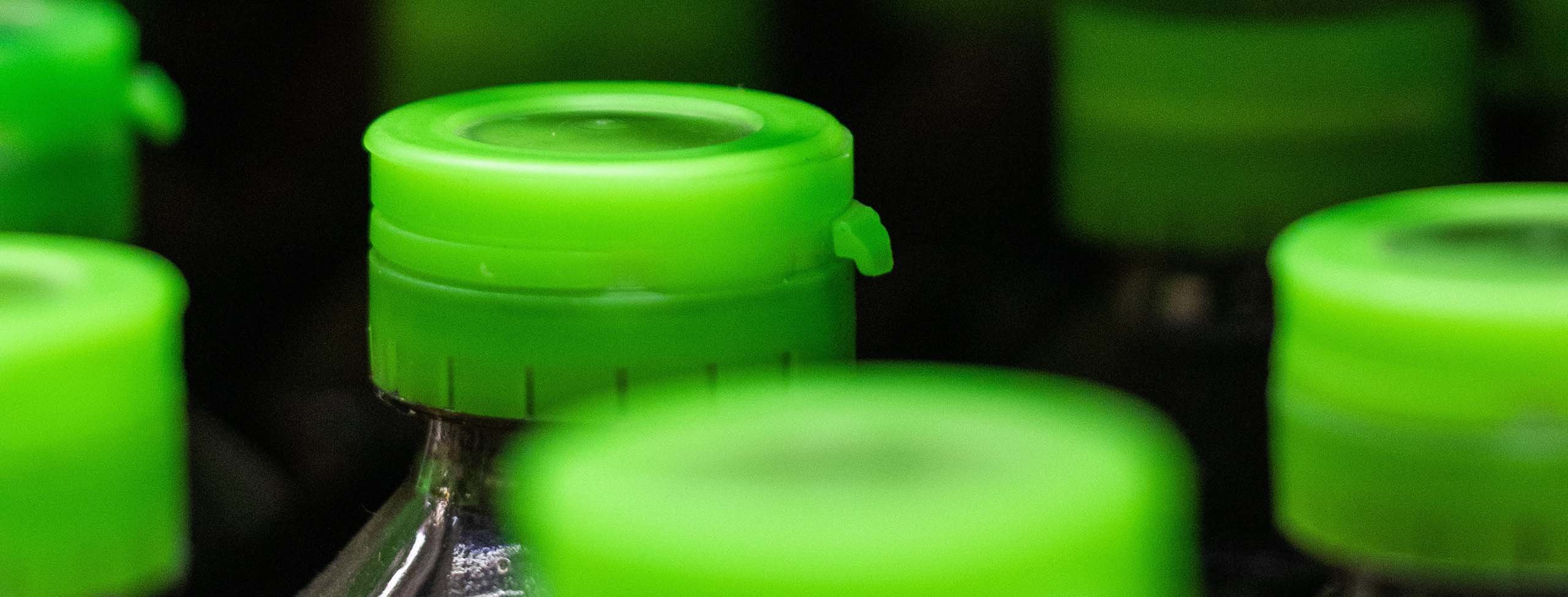
31 August 2023 • 5 minute read
EPA announces its National Enforcement and Compliance Initiatives for FY 2024-2027
The Environmental Protection Agency (EPA) has finalized its National Enforcement and Compliance Initiatives (NECIs) for fiscal years 2024-2027.
EPA selects NECIs every three years to most appropriately allocate and focus its resources on national environmental problems. The primary criteria for its selections are areas where there is significant non-compliance with laws and where federal enforcement efforts can make a difference. Businesses should pay close attention to these initiatives, which can be expected to be areas of heightened enforcement.
EPA’s Office of Enforcement and Compliance Assurance (OECA) announced the NECIs on August 17, 2023, taking into account numerous comments it had received over the previous eight months.
The newly published memorandum sets out six priority goals. Three of these are new priority areas, while the rest are former national initiatives that, with some modifications, will remain a part of OECA’s core enforcement program at the end of FY 2023.
Regulated entities should remain aware that NECIs represent priorities and not an exclusive list; areas that may not be on the list nevertheless remain on EPA’s radar.
The six priority areas are the following:
- Mitigating Climate Change (new priority)
- Addressing Exposure to PFAS (new priority)
- Protecting Communities from Coal Ash Contamination (new priority)
- Reducing Air Toxics in Overburdened Communities (modified from the prior cycle)
- Increasing Compliance with Drinking Water Standards (continued from the prior cycle)
- Chemical Accident Risk Reduction (continued from the prior cycle)
A closer look at the six priority areas
1) Mitigating Climate Change (new priority): The EPA has identified this as the top priority area. OECA will use its criminal and civil enforcement authorities to address significant contributors to climate change by (1) focusing on enforcing long-standing air pollution requirements against oil and gas facilities and landfills to reduce methane emissions and (2) using criminal and civil enforcement power under the American Innovation and Manufacturing Act (AIM Act) and the Kigali Amendments to the Montreal Protocol to reduce the use,1 importation, and production of hydrofluorocarbons (HFCs) emissions.
2) Addressing Exposure to Per- and Polyfluoroalkyl Substances (PFAS) (new priority): PFAS contamination has become a significant new priority for the EPA, and OECA is no exception. The Agency has proposed several new rules under the Comprehensive Environmental Response, Compensation and Liability Act (CERCLA or Superfund), the Toxic Substances Control Act, the Clean Water Act, and the Safe Drinking Water Act. Further, in response to requests, the Agency has indicated that it also intends to use its authority under the Resource Conservation and Recovery Act (RCRA). When the EPA finalizes each of these proposed rules, OECA plans to focus on expanding the use of all of its available enforcement tools to implement EPA’s PFAS Strategic Roadmap and hold responsible those who significantly contribute to the release of PFAS into the environment. In addition, OECA also plans to ensure federal facilities meet all environmental obligations and serve as a model for the regulated community.
3) Protecting Communities from Coal Ash Contamination (new priority): The addition of this priority area indicates EPA’s concern about widespread noncompliance with the coal combustion residuals (CCR) requirements under RCRA. OECA will focus on conducting investigations, particularly at coal ash facilities impacting vulnerable or overburdened communities; taking enforcement action against coal ash facilities that are violating the law; and protecting and cleaning up contaminated groundwater, surface water, and drinking water resources.
4) Reducing Air Toxics in Overburdened Communities (modified from prior cycle): OECA has modified its continuing FY 2020 priority area of “Creating Cleaner Air for Communities” to address the needs of overburdened communities (as selected by each EPA Region) that are facing high levels of toxic air pollution from Hazardous Air Pollutants (HAPs). This initiative will seek to target, investigate, and address noncompliance with HAP regulations, with a focus on sources of HAPs in communities already highly burdened with pollution impacts. Where non-compliance is found and enforcement is appropriate, each EPA Region will engage with community groups on appropriate relief to address the community’s concerns.
5) Increasing Compliance with Drinking Water Standards (continued from the prior cycle): OECA is prioritizing ensuring that approximately 50,000 regulated drinking water systems that provide water to residents year-round, or Community Water Systems, comply with the Safe Drinking Water Act. This has been a continuing priority area since the 2020 FY.
6) Chemical Accident Risk Reduction (continued from the prior cycle): In another continuing priority area from FY 2020, OECA will focus on inspecting and addressing noncompliance at facilities using two extremely hazardous substances that pose a high risk to communities: anhydrous ammonia and hydrogen fluoride. OECA will use all available enforcement tools to address violations of risk management requirements, including holding entities criminally responsible.
Consistent with the charge given to OECA in Executive Order 14008, EPA pledges that it will integrate environmental justice considerations into each of the initiatives. The agency states that to further this commitment, it will deploy an array of strategies, among them to increase the number of facility inspections in overburdened communities; strengthen enforcement in overburdened communities by resolving environmental violations; and deploy such tools as fenceline monitoring in its push to seek early and innovative relief.2
If you have any questions or need information about how this latest regulatory and enforcement development impacts your business or industry, please do not hesitate to reach out to any of the authors.
1 The Montreal Protocol on Substances that Deplete the Ozone Layer is a global agreement to protect Earth’s ozone layer by phasing out chemicals that deplete it. The Parties to the Montreal Protocol adopted the Kigali Amendment to phase down hydrofluorocarbons (HFCs).
2 Strengthening Enforcement in Communities with Environmental Justice Concerns (epa.gov).


